
Photo Attribution: Caspar Netscher, Public domain, via Wikimedia Commons
Christiaan Huygens
This example has been viewed 887x times
Summary
Rodden Rating
Analysis for Christiaan Huygens
Biography
Christiaan Huygens, Lord of Zeelhem, FRS (/ˈhaɪɡənz/ HY-gənz,[4] US: /ˈhɔɪɡənz/ HOY-gənz,[5] Dutch: [ˈkrɪstijaːn ˈɦœyɣə(n)s] (listen); also spelled Huyghens; Latin: Hugenius; 14 April 1629 – 8 July 1695) was a Dutch mathematician, physicist, engineer, astronomer, and inventor who is regarded as a key figure in the Scientific Revolution.[6][7] In physics, Huygens made seminal contributions to optics and mechanics, while as an astronomer he studied the rings of Saturn and discovered its largest moon, Titan. As an engineer and inventor, he improved the design of telescopes and invented the pendulum clock, the most accurate timekeeper for almost 300 years. A talented mathematician and physicist, his works contain the first idealization of a physical problem by a set of mathematical parameters,[8] and the first mathematical and mechanistic explanation of an unobservable physical phenomenon.[9]
Huygens first identified the correct laws of elastic collision in his work De Motu Corporum ex Percussione, completed in 1656 but published posthumously in 1703.[10] In 1659, Huygens derived geometrically the formula in classical mechanics for the centrifugal force in his work De vi Centrifuga, a decade before Newton.[11] In optics, he is best known for his wave theory of light, which he described in his Traité de la Lumière (1690). His theory of light was initially rejected in favour of Newton's corpuscular theory of light, until Augustin-Jean Fresnel adopted Huygens's principle to give a complete explanation of the rectilinear propagation and diffraction effects of light in 1821. Today this principle is known as the Huygens–Fresnel principle.
Huygens invented the pendulum clock in 1657, which he patented the same year. His horological research resulted in an extensive analysis of the pendulum in Horologium Oscillatorium (1673), regarded as one of the most important 17th century works on mechanics.[8] While it contains descriptions of clock designs, most of the book is an analysis of pendular motion and a theory of curves. In 1655, Huygens began grinding lenses with his brother Constantijn to build refracting telescopes. He discovered Saturn's biggest moon, Titan, and was the first to explain Saturn's strange appearance as due to "a thin, flat ring, nowhere touching, and inclined to the ecliptic."[12] In 1662 Huygens developed what is now called the Huygenian eyepiece, a telescope with two lenses to diminish the amount of dispersion.[13]
As a mathematician, Huygens developed the theory of evolutes and wrote on games of chance and the problem of points in Van Rekeningh in Spelen van Gluck, which Frans van Schooten translated and published as De Ratiociniis in Ludo Aleae (1657).[14] The use of expectation values by Huygens and others would later inspire Jacob Bernoulli's work on probability theory.[15][16]
Source: https://en.wikipedia.org/wiki/Christiaan_Huygens
Raw Data
Horoscope Data
Comments
Natal Data
1629-04-14 02:04:00 LMT
52° 3′ 2.0″ N 4° 11′ 53.9″ E
352X+68 Monster, Netherlands




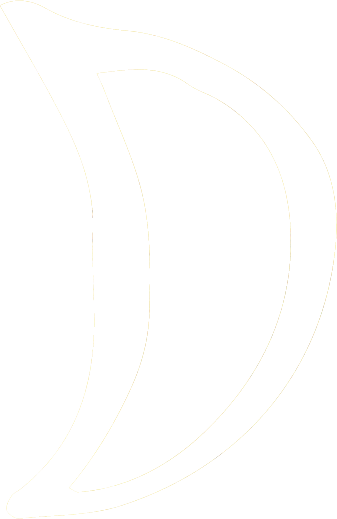

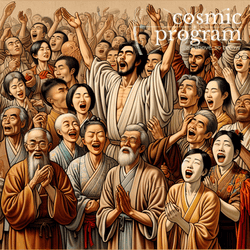



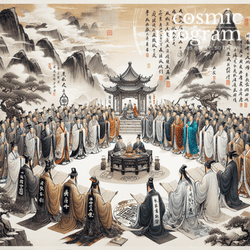


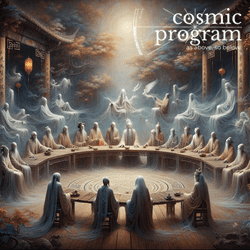


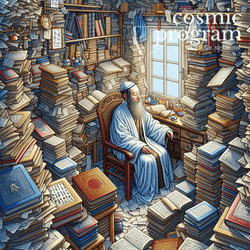

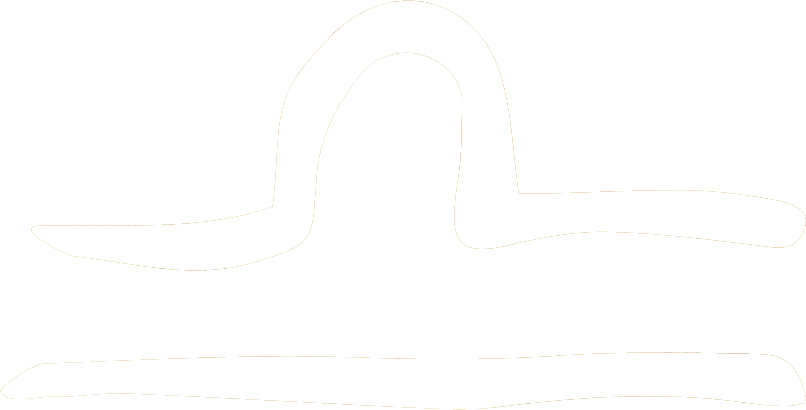
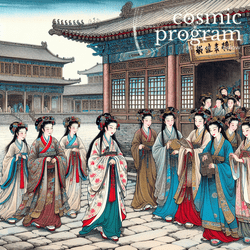




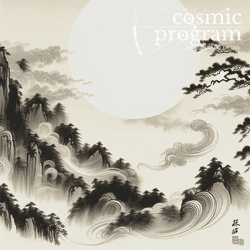

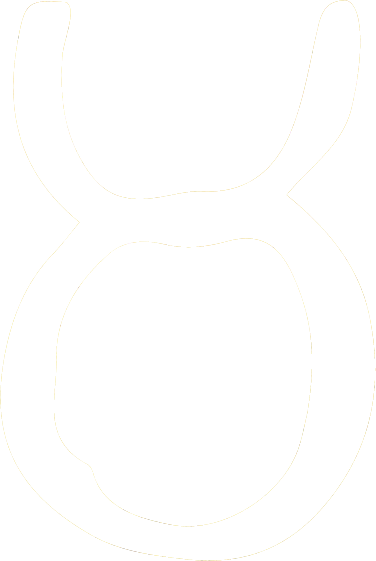


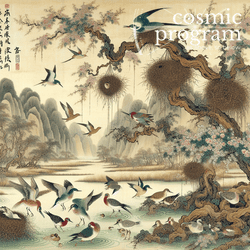




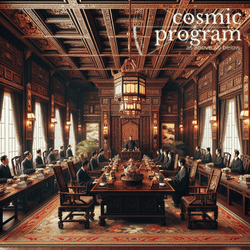

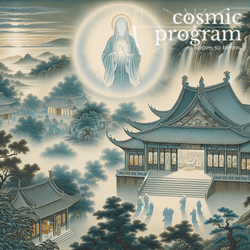

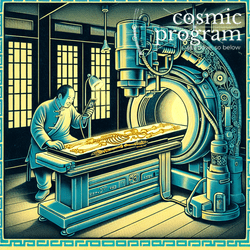

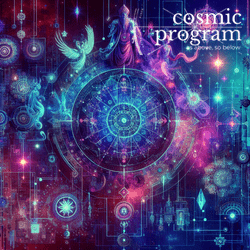
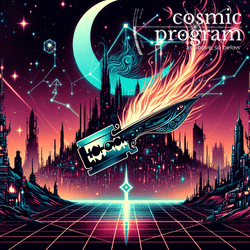
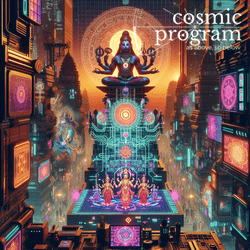
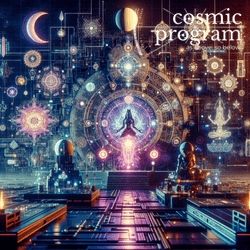
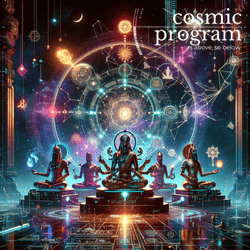
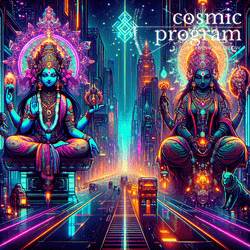
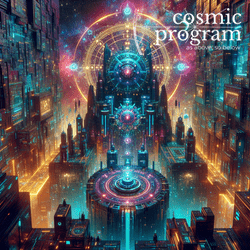
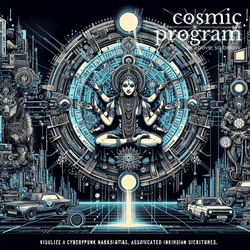
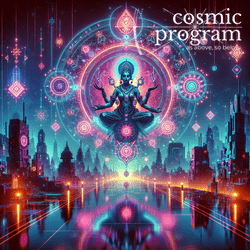

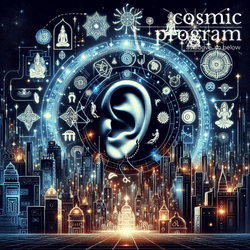

.jpg?bossToken=bd215e8cb514788b86032e9c2fb26e6cefef928a420e95e5227eb9d00f05b6f0)
.jpg?bossToken=4eebde943f77412d165b5ad905eafefdc54d473eed2f502dbd6aa9a39f95bead)
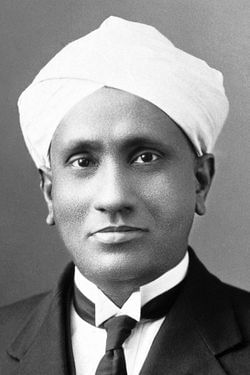
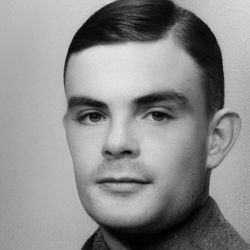

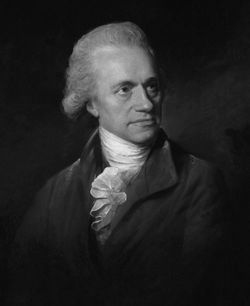
.png?bossToken=9eae7171764dbec3be1148651a1ea138be0ceb42bea693423a9c2d05918b940f)

.jpg?bossToken=b7ba8ccfb0939f35b08dbd86bb845abcc859a6aea198f006dc24970b29b0f253)



